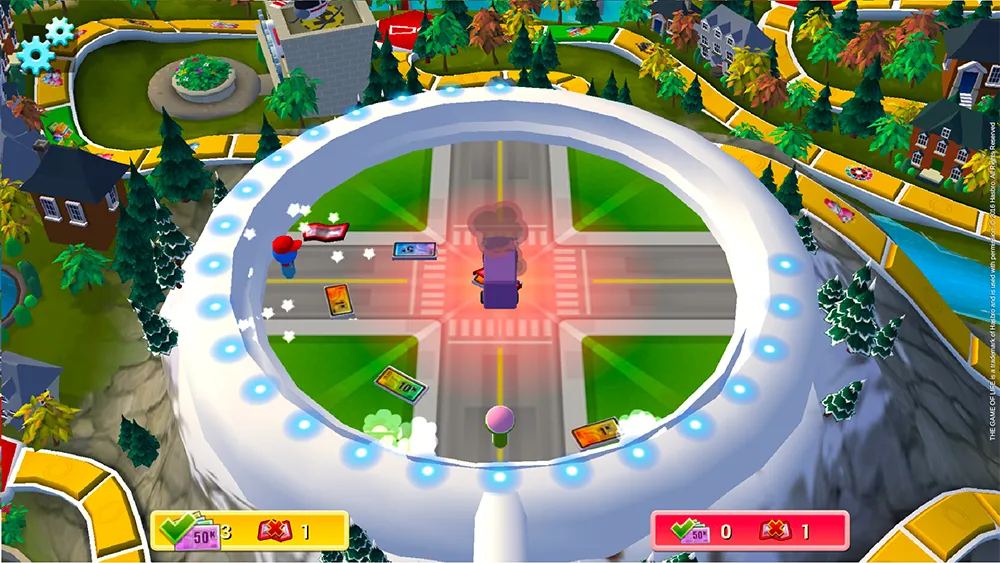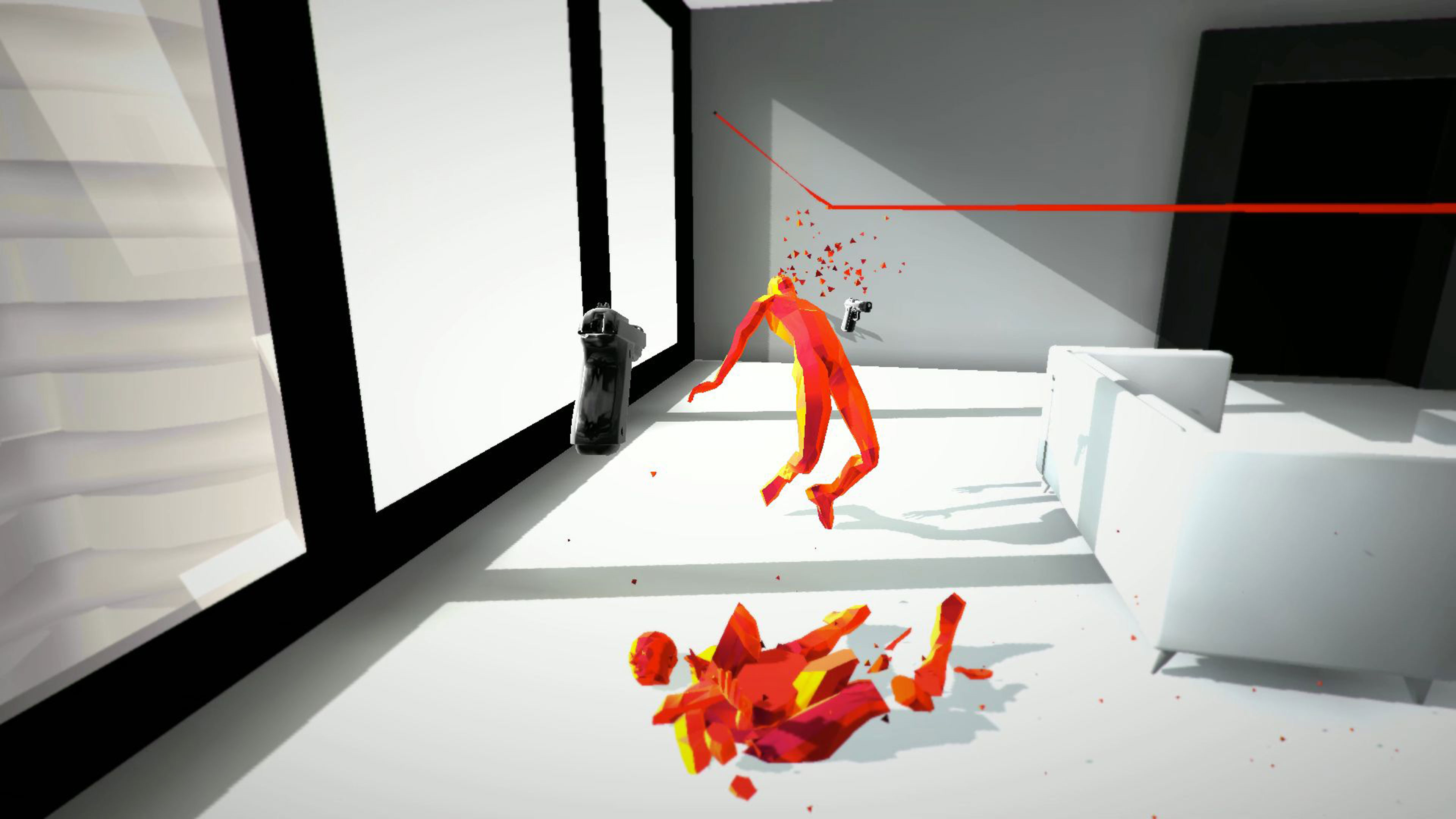Download The Game of Life on Windows 7, 8, 10 with BlueStacks and add amazing adventures to your gameplay. Actually, you could easily wish you had them to use in your real life! Rely on amazing features like the Keymapping tool, the Combo Key macro feature, the Multi-Instance mode and even the BlueStacks Points, to collect and exchange for. Live on the edge or play it safe. LIFE is better than ever on Amazon. PASS ‘N PLAY Share THE GAME OF LIFE with up to 3 friends on one device. MAKE CHOICES, GET PAID, OR LOSE IT ALL Land on “Life Spaces” and gain tiles worth big bucks – or pay huge fines. Collect “Share the Wealth Cards” and retire in style.
“You will learn about life when you play The Game of Life” went the original television advertising jingle for Milton Bradley’s Game of Life. Milton Bradley himself, the founder of the company, printed and sold a game called The Checkered Game of Life in 1860. As 1960 approached, the Milton Bradley Company enlisted independent inventor Reuben Klamer to come up with a game that would commemorate the firm’s 100th anniversary. Klamer took the “Life” name from the 1860 predecessor but created a completely new game for a new era. The Game of Life charted fresh territory for board games with its three-dimensional board and its integral plastic spinner. To promote the game, the Milton Bradley Company hired popular radio and television personality Art Linkletter to add his “personal endorsement.” Since then, the game has been updated several times and both electronic and specially-themed versions are now widely available. One of the best-selling games of all time, Life has also been translated into at least 20 languages.
Playing The Game of Life parallels a person’s life in several ways. Players must choose between “college” and “business” early in the game. Payday comes sooner for the businessperson, but college may mean higher paychecks in the end. Marriage and children usually occur during the game. Players in 1960 could end up in the Poor Farm or land happily in Millionaire Acres. The 2010 version offers everyone more comfortable destinations, sending players to either Countryside Acres or Millionaire Estates. In any event, chance and luck play the largest part in the journey. The game has been criticized over the years for being based solely on luck and for rewarding risk-taking, but Life has stood the test of time—and family game night would not be as much fun without it.
The game of life is the best-known two-dimensional cellular automaton, invented by John H. Conway and popularized in Martin Gardner's Scientific American column starting in October 1970. The game of life was originally played (i.e., successive generations were produced) by hand with counters, but implementation on a computer greatly increased the ease of exploring patterns.
The life cellular automaton is run by placing a number of filled cells on a two-dimensional grid. Each generation then switches cells on or off depending on the state of the cells that surround it. The rules are defined as follows. All eight of the cells surrounding the current one are checked to see if they are on or not. Any cells that are on are counted, and this count is then used to determine what will happen to the current cell.
1. Death: if the count is less than 2 or greater than 3, the current cell is switched off.
2. Survival: if (a) the count is exactly 2, or (b) the count is exactly 3 and the current cell is on, the current cell is left unchanged.
3. Birth: if the current cell is off and the count is exactly 3, the current cell is switched on.
The game of life is a totalistic cellular automaton, and can be implemented as follows using the built-in command CellularAutomaton, where the initial conditions are specified as a binary matrix and the results for generations through are returned. (Here, corresponds to the initial pattern.)
Weisstein gives an extensive alphabetical tabulation of life forms and terms.
A pattern which does not change from one generation to the next is known as a still life, and is said to have period 1. Several still lifes are illustrated above. The numbers of still lives of cells for , 2, 3, ... are 0, 0, 0, 2, 1, 5, 4, 9, 10, 25, 46, 121, 240, 619, 1353, ... (OEIS A019473).
Patterns that cycle through a set of configurations are called oscillators.
Conway originally believed that no pattern could produce an infinite number of cells, and offered a $50 prize to anyone who could find a counterexample before the end of 1970 (Gardner 1983, p. 216). Many counterexamples were subsequently found, including guns and puffer trains (illustrated above).
A life pattern which has no father pattern is known as a Garden of Eden (for obvious biblical reasons). The first such pattern was not found until 1971, and at least three are now known. It is not, however, known if a pattern exists which has a father pattern, but no grandfather pattern (Gardner 1983, p. 249).

Amazingly, life is a universal cellular automaton, in the sense that it is effectively capable of emulating any cellular automaton, Turing machine, or any other system that can be translated into a system known to be universal. The outlines of a proof for life's universality were given by Berlekamp et al. (1982) and independently by Gosper (Gardner 1983, pp. 250-253). Around 2000, a Turing machine that can be extended to a universal Turing machine was explicitly implemented in life by P. Rendell (Rendell, Adamatzky 2001). While Rendell's machine can be made into a 'true' universal computer simply by making his tape infinite, he neither noted this fact nor provided an actual construction of a universal Turing machine. Subsequently, on November 11, 2002, P. Chapman constructed a life pattern based on D. Hickerson's 'sliding block memory' approach that implements the actions of a universalregister machine. Unlike the finite tape of Rendell's Turing machine, the values in the registers of Chapman's machine are unbounded, making it a true model of universal computation in the game of life. Chapman's construction uses live cells in an area of , and can calculate approximately 20 generations per second on a 400 MHz computer.
More amazingly still, as shown by Wolfram (2002), even one-dimensional cellular automata(in particular, rule 110), can be universal.
Two-dimensional cellular automaton games similar to life but with different rules have been constructed and given the names HexLife and HighLife. HashLife is a life algorithm that achieves remarkable speed by storing subpatterns in a hash table and using them to skip forward, sometimes thousands of generations at a time.
SEE ALSO:Cellular Automaton, Larger than Life, Rule 110, Totalistic Cellular Automaton, Universal Cellular Automaton, UniversalityREFERENCES:Adamatzky, A. (Ed.). Collision Based Computing.Mult.-Valued Log.6,pp. 397-514, 2001. Yverdon: Gordon and Breach, 2001.
Bays, C. 'A Note on the Game of Life in Hexagonal and Pentagonal Tessellations.'Complex Systems15, 245-252, 2005.
Berlekamp, E. R.; Conway, J. H.; and Guy, R. K. 'What Is Life?' Ch. 25 in Winning Ways for Your Mathematical Plays, Vol. 2: Games in Particular. London: Academic Press, 1982.

Callahan, P. 'Patterns, Programs, and Links for Conway's Game of Life.'https://www.radicaleye.com/lifepage/.
Chapman, P. 'Life Universal Computer.' https://www.igblan.com/ca/.
Flammenkamp, A. 'Game of Life.' https://www.uni-bielefeld.de/~achim/gol.html.
'The Game of Life.' Math Horizons. p. 9, Spring 1994.
Gardner, M. 'The Game of Life, Parts I-III.' Chs. 20-22 in Wheels,Life, and other Mathematical Amusements. New York: W. H. Freeman, 1983.
Hensel, A. 'PC Life Distribution.' https://www.mindspring.com/~alanh/lifep.zip.
Hensel, A. 'Conway's Game of Life.' Includes a Java applet for the Gameof Life. https://www.ibiblio.org/lifepatterns/.
Koenig, H. 'Game of Life Information.' https://pentadecathlon.com/lifeInfo.php.
McIntosh, H. V. 'Life.' https://www.cs.cinvestav.mx/mcintosh/oldweb/life.html
Poundstone, W. The Recursive Universe: Cosmic Complexity and the Limits of Scientific Knowledge. New York: Morrow, 1985.
Rendell, P. 'This Is a Turing Machine Implemented in Conway's Game of Life.'https://www.rendell.uk.co/gol/tm.htm.
Resnick, M. and Silverman, B. 'A Zoo of Life Forms.' https://lcs.www.media.mit.edu/groups/el/projects/emergence/life-zoo.html.
Sloane, N. J. A. Sequence A019473in 'The On-Line Encyclopedia of Integer Sequences.'
Toffoli, T. and Margolus, N. Cellular Automata Machines: A New Environment for Modeling. Cambridge, MA: MIT Press, 1987.
Wainwright, R. T. 'LifeLine.' https://members.aol.com/life1ine/life/lifepage.htm.
The Game Of Life Online Poki
Wainwright, R. T. LifeLine: A Quarterly Newsletter for Enthusiasts of JohnConway's Game of Life. Nos. 1-11, 1971-1973.
Weisstein, E. W. 'Eric Weisstein's Encyclopedia of the Game of Life.'https://www.ericweisstein.com/encyclopedias/life/.
Wolfram, S. ANew Kind of Science. Champaign, IL: Wolfram Media, 2002.
Referenced on Wolfram|Alpha: Game of LifeThe Game Of Life Online Board
CITE THIS AS:The Game Of Life Online Multiplayer
Weisstein, Eric W. 'Game of Life.' FromMathWorld--A Wolfram Web Resource. https://mathworld.wolfram.com/GameofLife.html